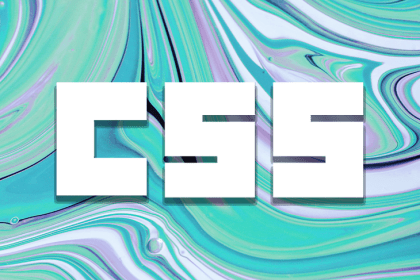
In this article, we’ll discuss how the browser’s rendering process works, how the way you write CSS impacts its speed, and more.

Compare class-based, class-light, and classless CSS frameworks in this comprehensive post covering ten frameworks with demos and examples.

A lot has changed about programming since the CSS lobotomized owl selector was introduced in 2014. Learn to use it in a modern context here.

We review several approaches for using CSS to further optimize responsive data table UX to enable users to better access, analyze, and interpret data.

Incorporate creative text flows in your webpage using CSS shape functions like `shape-outside` and `clip-path`.

ch layout shiftsCSS layout shifts refer to the unexpected movement (or shifting) of elements within the layout of a webpage during the […]

We demonstrate how to use the oklch() color model in CSS to create a variety of consistent, accessible color palettes.

Learn to use CSS Components to create your own composable components, convert them into Hooks, and use them across your React project.

Pico CSS discourages using a large number of .classes in your application. Instead, it styles the semantic HTML elements in such a way that you don’t need to write a lot of code yourself.

Dynamic breakpoints, multi-configs, and container queries are powerful Tailwind CSS features that can improve the flexibility and maintainability of your design system.

Create beautiful, custom components with Tailwind CSS to style your Svelte app using this step-by-step tutorial.

clampWe discuss how to use modern CSS techniques to optimize fonts for different screen sizes and explore creating fluid typography scales.